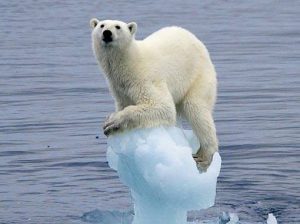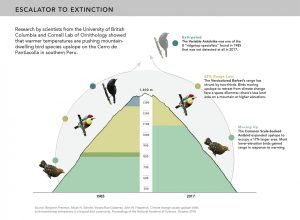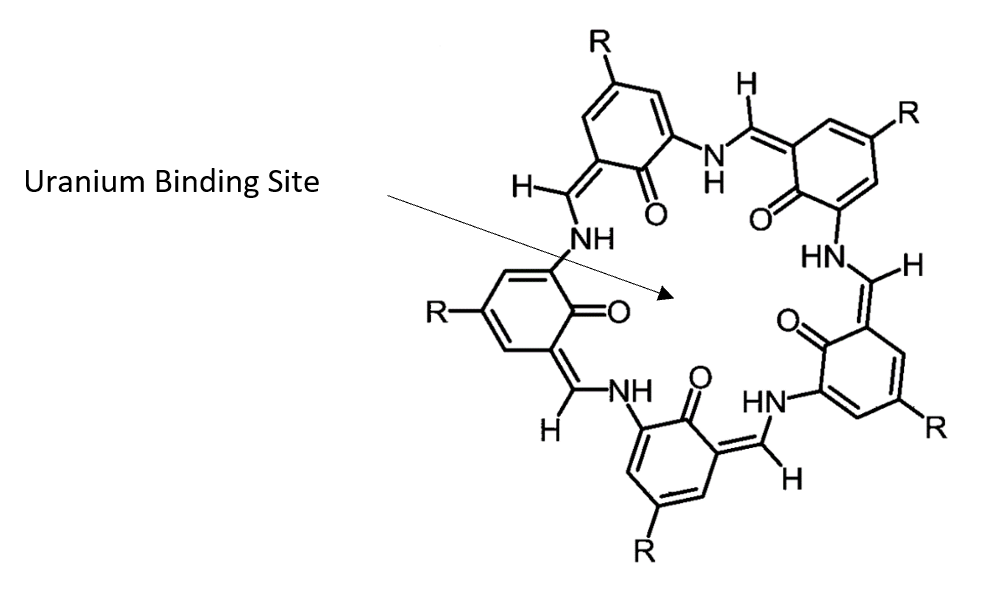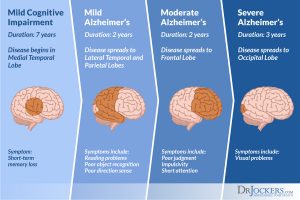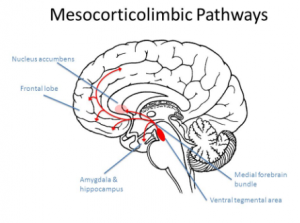Melting ice. Rising sea levels. Intense weather patterns. We know it all too well. Now, what if I told you that certain types of seals in the Arctic are increasing in numbers despite all the other negative predictions associated with climate change?

Harbour seal by Steinkobbe
Katie Florko, a Ph.D. student at the University of British Columbia, observed increasing population changes of Harbour seals in the Churchill River Estuary for the last two decades. Florko’s research team believes that this increase is associated with melting ice sheets due to the recent atmospheric warming, consequently exposing the ground and water beneath. Harbour seals, unlike their Arctic neighbours such as Ringed seals, prefer laying on exposed rocks, sand, and mud banks instead of ice. The following video goes into the specifics:

The Big Picture
Anyone with background knowledge on ecology might question the effect of this increase on the stability and diversity of Arctic ecosystems. The answer is complicated. All plants and animals, including us, in an ecosystem are interconnected making it difficult to tell which way the populations will shift in fast-changing environments. However, the outcomes of climate change are generally negative. With alarming rates of melting ice, the Arctic region is where change is most evident. It is brought on by the continuous release of greenhouse gases into our atmosphere from increasing population energy demands, use of transportation fuel, and unsustainable resources. As a result of their warming habitats, Arctic species are forced to shift northwards, chasing their ideal conditions.
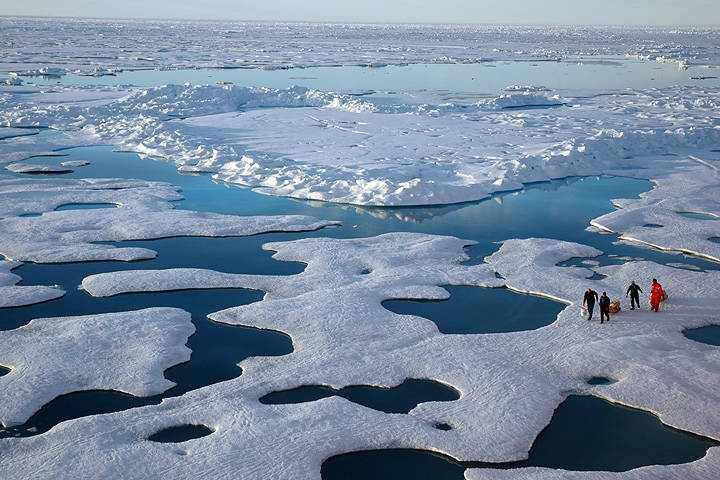
Melting Ice Cover in the Arctic by Jeremy Potter/NOAA
Drive for Deeper Understanding
“The Arctic is one of the areas that is undergoing one of the most rapid changes related to climate change”, said Florko. Studying the Arctic and other regions of the world can provide a deeper understanding of the consequences of climate change on global ecosystems. People are also affected as melting ice brings on sea level rise, endangering coastal infrastructure world-wide
As crucial as Arctic research is, the investigation into the effects of climate change is not easy. Arctic research, specifically, requires extensive commitments, funding, and equipment. Only those brave enough to face the extremely cold conditions of the Arctic icefields go up to study its wonders. Nonetheless, modern-day technology has made it easier for scientists to travel north. The podcast below goes into more detail about the various aspects of Arctic field studies.
While Florko’s study solved a small puzzle piece of the effects of climate change in the Arctic, there is still substantial amounts of research needed to be done.
As for the non-scientists, it’s good to keep in mind that drastic changes are happening in places where most people might not see but that does not make them any less of a concern.
Written by: Ellena Yoon, Jocelyn Cheng, Polina Orlov, Brian Agafitei

